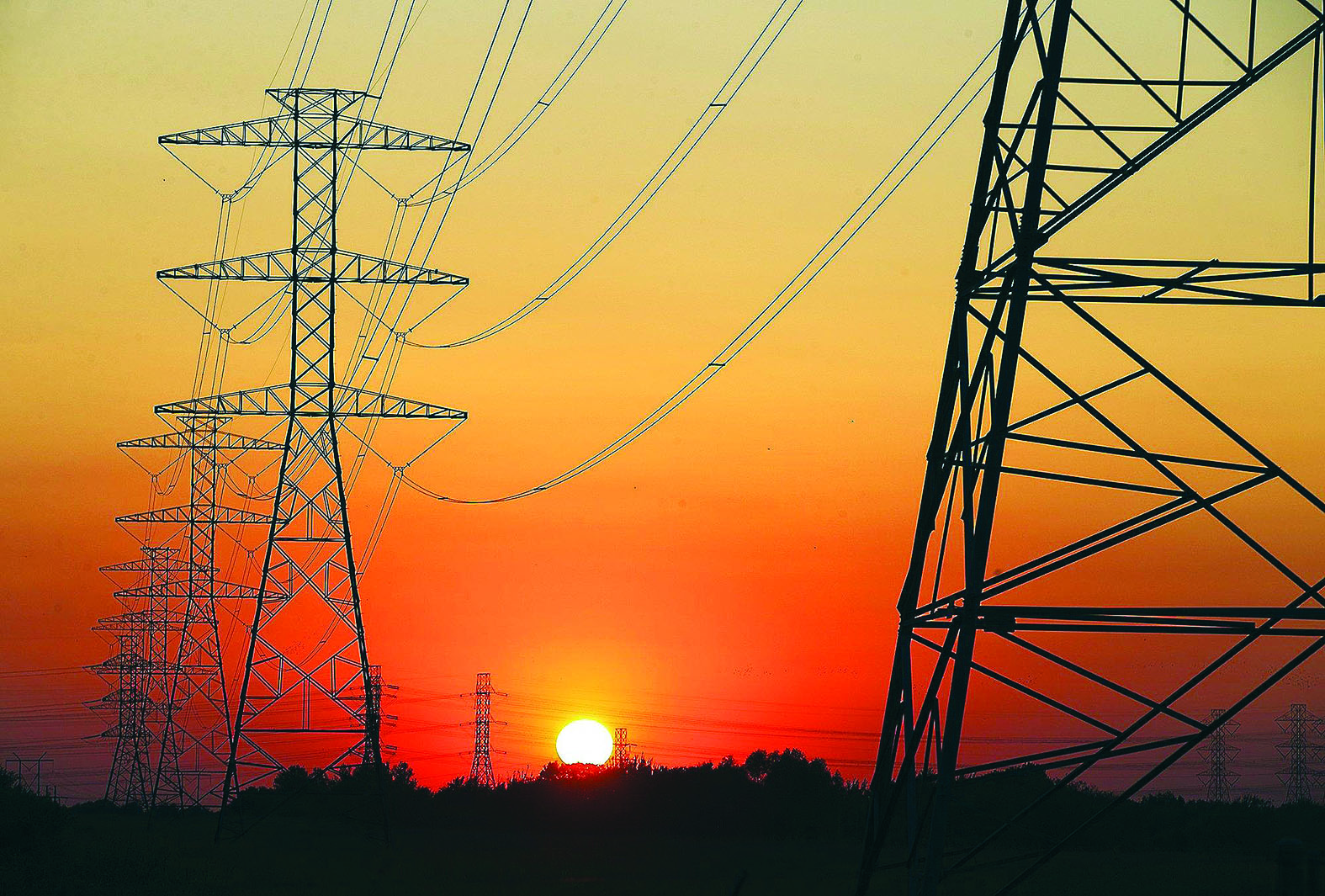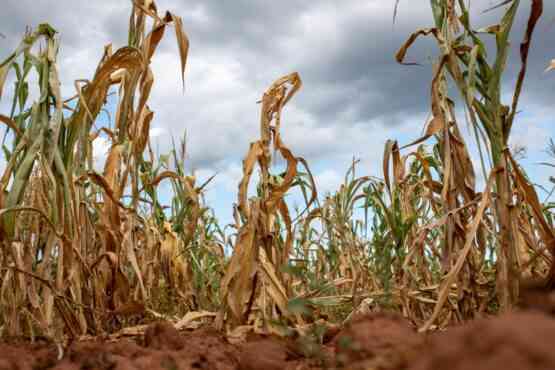
RICH with renewable energy resources and yet plagued with inconsistent power supply, it is pleasing to note that the South African government has devised an urgent five-step action plan to address the ongoing energy crisis.
Zimbabwe, already in the throes of an economic meltdown, has since kicked into motion some of these action plans, such as free duty in solar equipment importation to reduce strain on the national grid.
With delayed maintenance and outages at power stations countrywide as well as extensive theft, fraud and sabotage continuing to disrupt supply, government should improve the performance of the existing hoard of power stations.
Power utility Zesa Holdings should increase the budget allocated for critical maintenance to increase the reliability of its generation capacity.
Additionally, it must recruit skilled personnel to ensure world-class operation and maintenance procedures, while the security sector must set up special law enforcement teams to help confront crime and corruption.
In addition to improving power station performance, Zesa should add new generation capacity.
This will be done via surplus capacity bought from existing independent power producers, as well as through increased imports from neighbouring countries via the Southern African Power Pool.
Zesa should construct solar and battery storage projects, which could add over 500 megawatts to the system.
- Chamisa under fire over US$120K donation
- Mavhunga puts DeMbare into Chibuku quarterfinals
- Pension funds bet on Cabora Bassa oilfields
- Councils defy govt fire tender directive
Keep Reading
Addressing the electricity crisis will require significant levels of new capacity to be brought online, with the private sector playing a key role in this regard.
Accordingly, governments must prioritise the procurement of new capacity through renewables, ensure projects from Bid Window Five of the Renewable Energy Independent Power Producer Procurement programme are constructed as per schedule.
Additionally, government should remove the licensing threshold for embedded power generation, accelerating private sector participation and incentivising renewable adoption countrywide.
Special legislation should be tabled in Parliament expeditiously to address legal and regulatory obstacles to new generation capacity; and establish a single point of entry for all energy project applications to ensure co-ordination and fast-tracked approval processes.
Governments should urge businesses and households to invest in rooftop solar.
This way, households and businesses are able to install their own power supply systems, selling surplus energy to Zesa via the national grid.
Finally, the region should focus on transforming the South African electricity sector, ensuring a more sustainable future.
At the forefront of this transformation will be the restructuring of Zesa.
Energy Capital & Power
The Matabeleland massacre and contemporary Zim
GENOCIDE and other massacres cast a long shadow over contemporary politics.
In Africa, the genocide in Rwanda and massacres in Burundi and the eastern Congo come immediately to mind.
As Zimbabwe trudges on after the late former President Robert Mugabe and the unresolved questions about his successor Emmerson Mnangagwa, the 1983-87 massacre of the Ndebeles in Matabeleland and Midlands regions will be part of the context of whatever regime finally emerges.
The International Association of Genocide Scholars estimates that the North Korean-trained 5th Brigade of the Zimbabwean army murdered around 20 000 Ndebeles in Matabeleland and Midlands.
In 2015, Stuart Doran published in South Africa’s the Daily Maverick a story that credibly argued that Mugabe almost certainly orchestrated the massacres.
The massacres appear to have been caused by a desire to eliminate or neuter opposition to his regime and his chief political rival, Joshua Nkomo.
In play were also ethnic rivalries between Mugabe’s Shona and Nkomo’s Ndebele.
Especially in Matabeleland, there was also a history of suspicion and distrust between Nkomo’s and Mugabe’s fighters, who both waged military campaigns against the white Rhodesian regime. Doran has also published a follow-up article that looks at British and American reaction to the massacres while they were occurring.
He showed that officials of the two countries knew what was going on in broad terms.
They did, indeed, protest, if not very vigorously. But realpolitik prevailed.
They were invested in Mugabe and his promises of reconciliation and stability, and feared that an alternative would be worse.
They were afraid that if they pressed Mugabe too hard, he would bolt for the Soviet Union and/or North Korea.
But Doran also concluded that the Western protests, however feeble they were, convinced Mugabe that there was a limit.
And, “as long as he did not verge on the mass extermination that had occurred in 1983, he could kill, starve and torture his people, and outsiders would do nothing”.
Ever since, Mugabe used measured violence, rather than mass murder. And he got away with it.
John Campbell
Women candidates face harassment, threats of violence
MUCH of the attention paid to Zimbabwe’s elections has overlooked the fact that Zimbabwean voters are also going to the polls to vote for their parliamentary and council representatives and not just for a President.
Even less frequently discussed is the fate of the country’s female candidates, who made up 15% of those contesting parliamentary seats. A 2018 assessment from the International Foundation for Electoral Studies (IFES) found that despite gains driven by the country’s gender quota, Zimbabwean women in politics continue to face numerous barriers.
The quota, originally set for a 10-year period, expired in 2018, but was extended by Parliament.
Zimbabwe’s quota system helped propel the percentage of women in Parliament from 17% in 2008 to 35% in 2013.
When adopted, the quota was designed to apply to two electoral cycles — meaning that the 2018 elections were supposed to be the last in which female politicians benefited from a system of reserved seats.
The quota, which came into effect as part of a new Constitution, allows women to run for any parliamentary seat, but “reserves an additional 30% of seats for women only,” which are “distributed among parties on a proportional basis”.
A 2018 assessment of the party lists from the Women in Politics Support Unit found that “neither the ruling Zanu PF, which has a 30% quota for women, nor the main opposition (then) MDC Alliance, which boasted a 50% quota for women, have lived up to their manifestos”.
The reduced focus on incorporating women into the political system in this time of transition is distressing — and calls into question the time limit on Zimbabwe’s quota system.
Women who run for office in Zimbabwe face a variety of persistent challenges. According to IFES’ research, the most significant of these are discrimination and harassment.
IFES’ review of violence against women in elections (VAWIE) in Zimbabwe concluded that “female candidates are at the forefront of VAWIE and face intense psychosocial violence,” as well as “attacks on their moral probity and occasional physical violence”.
Women involved with politics faced threats from “political opponents, members of their own parties, family members and their community at large”.
IFES notes that women who run for office or involve themselves in politics are “constantly being labelled as whores and prostitutes” and are subjected to gendered judgments — the report quoted one interviewee who asserted that “a woman still cannot question an MP in Parliament without being [told] her thighs are too big”.
Women Around the World











